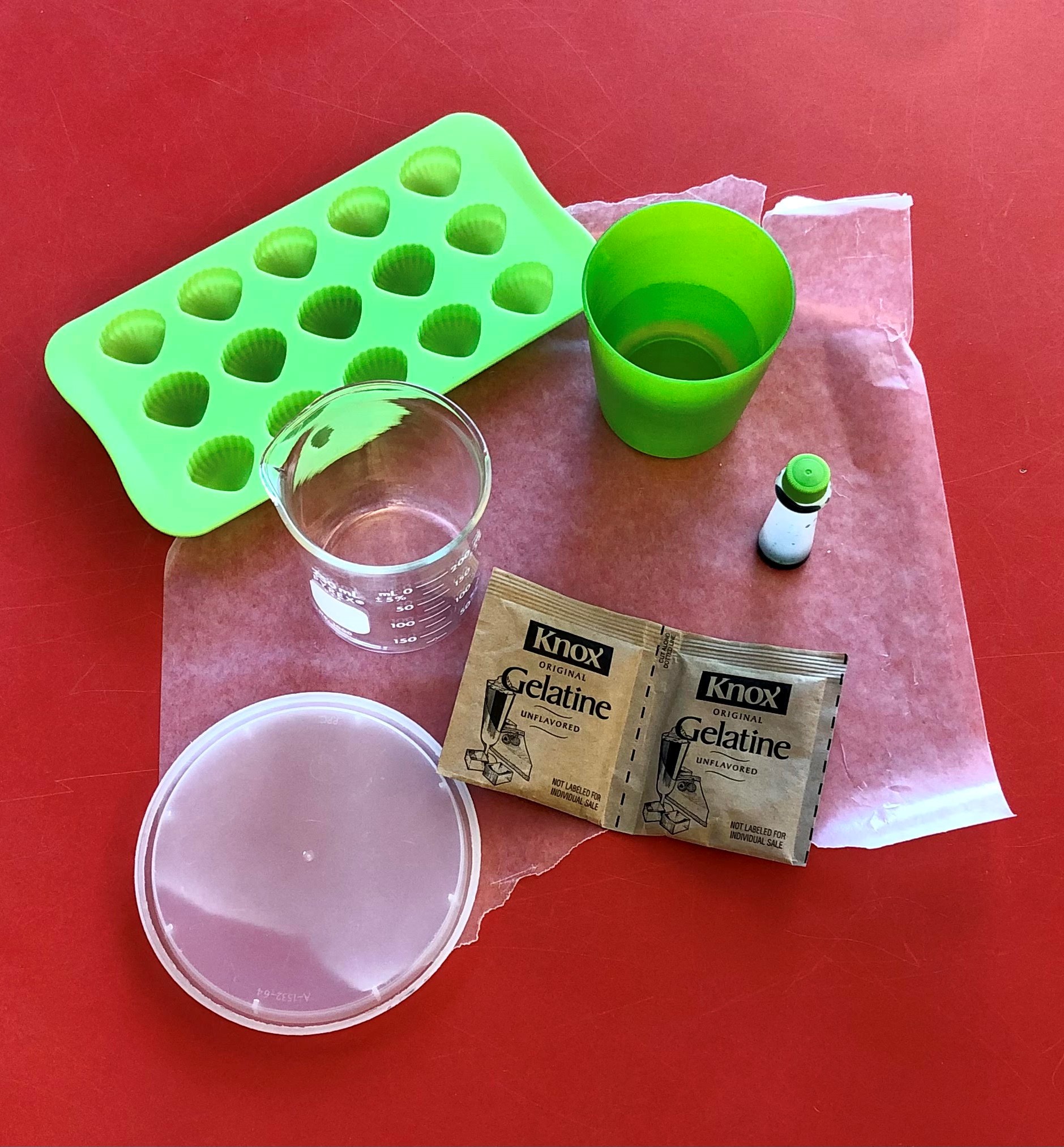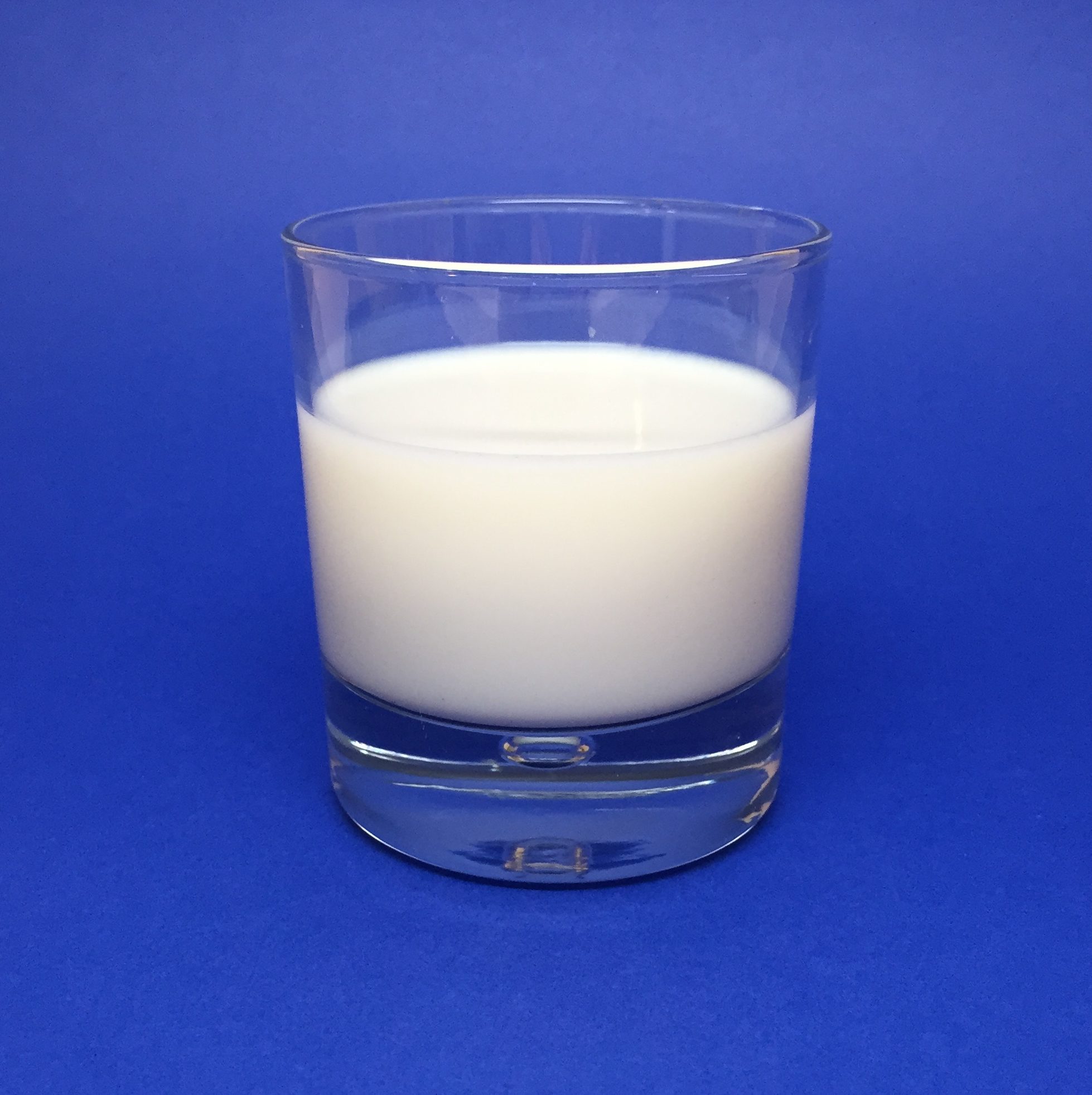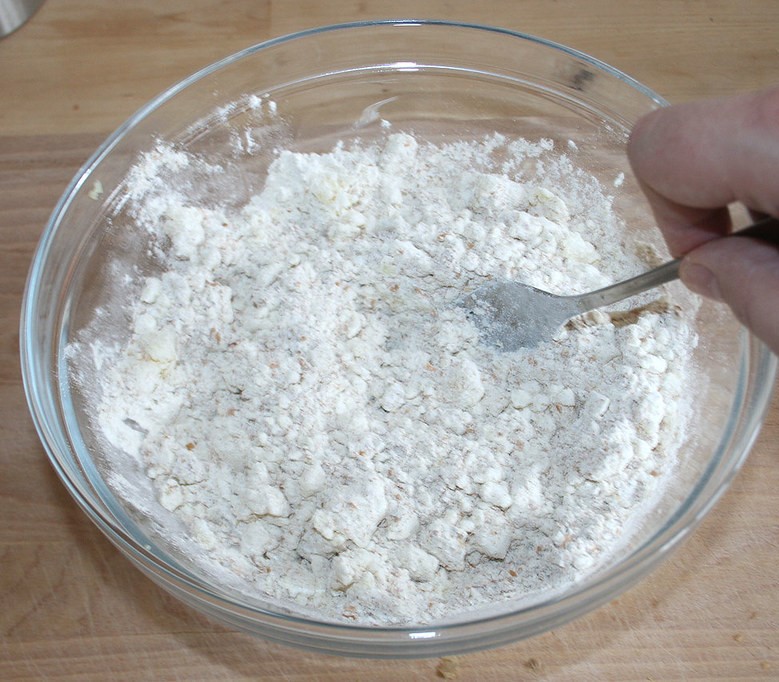What is Bioplastic?
Bioplastic, moldable plastic material made up of chemical compounds that are derived from or synthesized by microbes such as bacteria or by genetically modified plants. Unlike traditional plastics, which are derived from petroleum, bioplastics are obtained from renewable resources, and some bioplastics are biodegradable.
Sustainability
Riddles
Q: Why did the foolish gardener plant a light bulb?
A: They wanted to grow a power plant.
Q: Why did the foolish gardener plant a light bulb?
A: They wanted to grow a power plant.
Three Ways to make Plastic at Home

Gelatin Bioplastic
Materials:
- Stove
- Saucepan
- Spoon
- Whisk
- 2 Gelatin packets
- 6 TBLS Water
- Plastic lid with rim
- Food coloring (optional)
- Silicone molds (optional)
Put the contents of two gelatin pouches into the pot with 6 tablespoons of water. Let sit for at least one minute.
Place the saucepan on the stove over low heat. Cook until the gelatin completely dissolves.
Remove the mixture from the heat. Add 1-2 drops of food coloring if desired.
Pour the gelatin mixture onto the plastic lid, or into a silicone mold if you would like the plastic to be shaped.
After the gelatin cools, it will be flexible. Cut your gelatin into interesting shapes. Use the pieces to create a custom action figure. Leftover scraps also make interesting pieces!
Leave your finished pieces to dry for at least two days. The gelatin will cure hard like plastic.

Milk Bioplastic
- Stove or Microwave
- Saucepan or Mug
- Mug
- 1 cup milk
- 4 tsp white vinegar
- Paper towels
- Cookie cutters, glitter, food coloring, markers (optional)
Heat 1 cup of milk in a saucepan on the stove until the milk is steaming. OR, you can microwave the milk in a microwaveable container by warming it at 50% power for 5 minutes.
Add 4 teaspoons of white vinegar to the hot milk. You should see the milk form white clumps (curds).
Mix slowly with a spoon for a few seconds.
Stack four layers of paper towels on a hard surface that is safe to get damp.
Once the milk and vinegar mixture has cooled a bit, use a spoon to scoop out the curds. Collect as many curds as you can in this way and put them on top of the paper towel stack.
Fold the edges of the paper towel stack over the curds and press down on them to absorb excess liquid from the curds. Use extra paper towels if needed to soak up the rest of the extra liquid.
Knead all of the curds together in a ball of dough. This is casein plastic.
- Tip: To shape the plastic, the dough must be kneaded well. Molds and cookie cutters work well, or, with more patience, the dough can be sculpted. Food coloring, glitter, or other decorative bits can be added to the wet casein plastic dough, and dried casein plastic can be painted or colored with markers.
If you want to make the casein plastic into something, you can color, shape, or mold it now.
Leave your finished pieces to dry for at least two days.
Once it has dried, the casein plastic will be hard.

Starch Bioplastic
Materials:
- Stove
- Saucepan
- Silicone spatula/ whisk
- Foil or parchment paper
- 1 TBSP cornstarch
- 4 TBSP water
- 1 tsp glycerin
- 1 tsp white vinegar
- 1-2 drops food coloring (optional)
Combine all of the ingredients, except the food coloring, in the saucepan and stir together. Stir until you get rid of most of the lumps in the mixture. At this stage, the mixture will be a milky white color and quite watery.
Place the saucepan on the stove and set the heat to medium-low. Stir continuously as the mixture heats. Bring it to a gentle boil.
Remove the mixture from the heat when it becomes clear and thick.
Total heating time will be around 10-15 minutes.
Add one-two drops of food coloring at this stage, if you would like to color the plastic.
Spread the heated mixture onto a piece of foil or parchment paper to let it cool. Or pour the warm mixture into a silicone mold if you would like the plastic to be shaped.
Leave the plastic to dry for at least two days.

